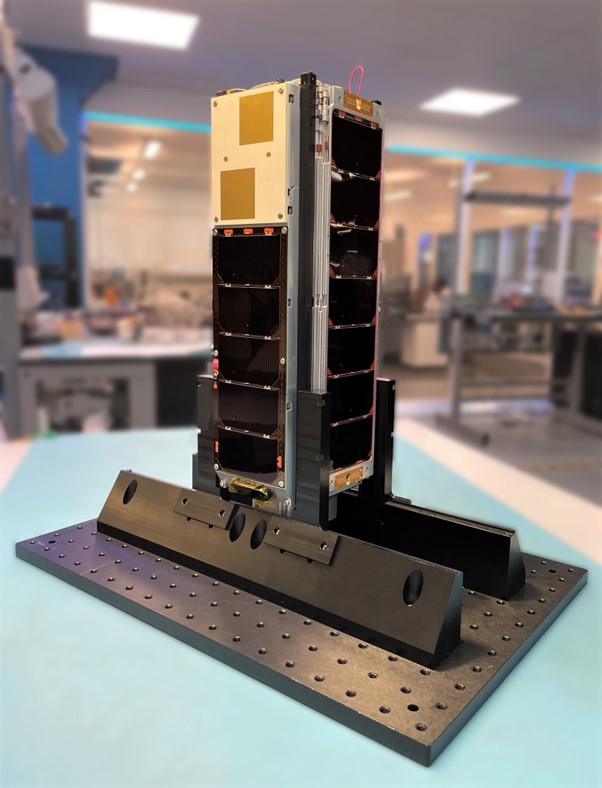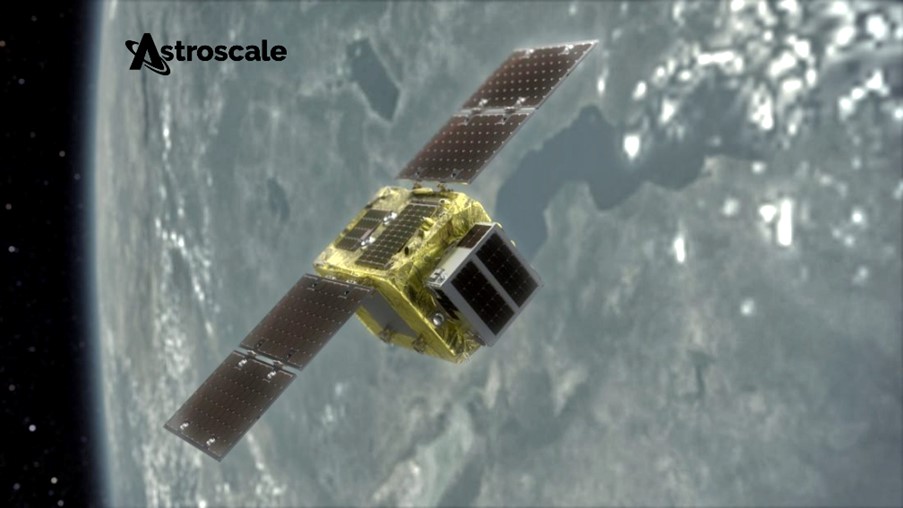
AAC CLYDE SPACE AIS COMMUNICATIONS SATELLITE KELPIE-1 SUCCESSFULLY LAUNCHED FROM CAPE CANAVERAL
Kelpie-1, a 3U AAC Clyde Space EPIC nanosatellite, was successfully launched on the SpaceX Transporter-6 mission on January 3, 2023. Kelpie-1 will deliver AIS data to the U.S. company ORBCOMM Inc., a global provider of Internet of Things (IoT) solutions, under an exclusive Space Data as a Service (SDaaS) deal. It is planned to be followed by the launch of a second Kelpie satellite in the first half of 2023.
The project will leverage a SDaaS model in which AAC Clyde Space owns and operates the satellites, which will deliver Automatic Identification System (AIS) data exclusively to ORBCOMM and its government and commercial customers, enabling ship tracking and other maritime navigational and safety efforts. This joint mission with ORBCOMM represents a major milestone for AAC Clyde Space in solidifying its strategic move to a SDaaS model. The project will start generating revenue to AAC Clyde Space once the satellite is deployed.
The satellite lifted off on the Falcon 9 rocket on January 3, 2023, at 9:56 local time (14:56 UTC) from the Space Launch Complex 40 at Cape Canaveral Space Force Station, Florida. The satellite is housed inside the D-Orbit orbital transfer vehicle, In Orbit Now (ION), which successfully deployed after lift-off into a 525-kilometer Sun Synchronous Orbit. Using the ION, AAC Clyde Space will enhance the lifetime of its spacecraft, enabling the company to maximise revenue generation potential while minimising the number of spacecrafts needed. The Kelpie-1 satellite will remain in the dispenser for approximately 60 days during the orbit transfer process and will be deployed once reaching the final 640-kilometer orbit.
The state-of-the-art AIS-enabled satellite, Kelpie-1, was designed for advanced communications and hosts cutting-edge, low-noise core avionics for reliable, high-performance space data handling, a versatile Software Defined Radio (SDR)-based receiver, as well as the company’s first payload development, which incorporates three dedicated AIS receivers. The CubeSat weighs just 4 kg and features a unique antenna concept to maximise detections of all AIS message types.
“We are delighted to confirm the successful launch of Kelpie-1, which was designed for AIS communications and utilizes built-in, precision-engineered avionics with decades of heritage from our widely used CubeSat subsystems. It is one of the most innovative satellites AAC Clyde Space has ever built. We look forward to delivering the space data set to enrich ORBCOMM’s global AIS data services,” says AAC Clyde Space CEO Luis Gomes.
“The launch of the Kelpie-1 satellite brings us one step closer to providing our global customers enhanced AIS detections as well as the highest expected vessel detection rates in the industry over the long term,” says Greg Flessate, ORBCOMM’s SVP of Government and AIS.
In addition to the two Kelpie satellites in this project, AAC Clyde Space owns and operates a constellation of four satellites dedicated to SDaaS through its U.S. subsidiary AAC SpaceQuest, planned to be expanded with a further two satellites in the fourth quarter of 2023. Moreover, AAC Clyde Space has won a contract to deliver hyperspectral data from an additional three satellites, bringing the total number of satellites owned by the group for SDaaS purposes to eleven.
The two Kelpie satellites will join a satellite constellation dedicated to delivering AIS data used in maritime operations to support many applications, including domain awareness, search and rescue, environmental monitoring and maritime intelligence. ORBCOMM processes over 30 million AIS messages from more than 200,000 vessels per day for government and commercial customers to deliver a complete situational picture of global vessel activity.
Sign up to our newsletters for the latest news, projects and more delivered straight to your inbox
"*" indicates required fields


